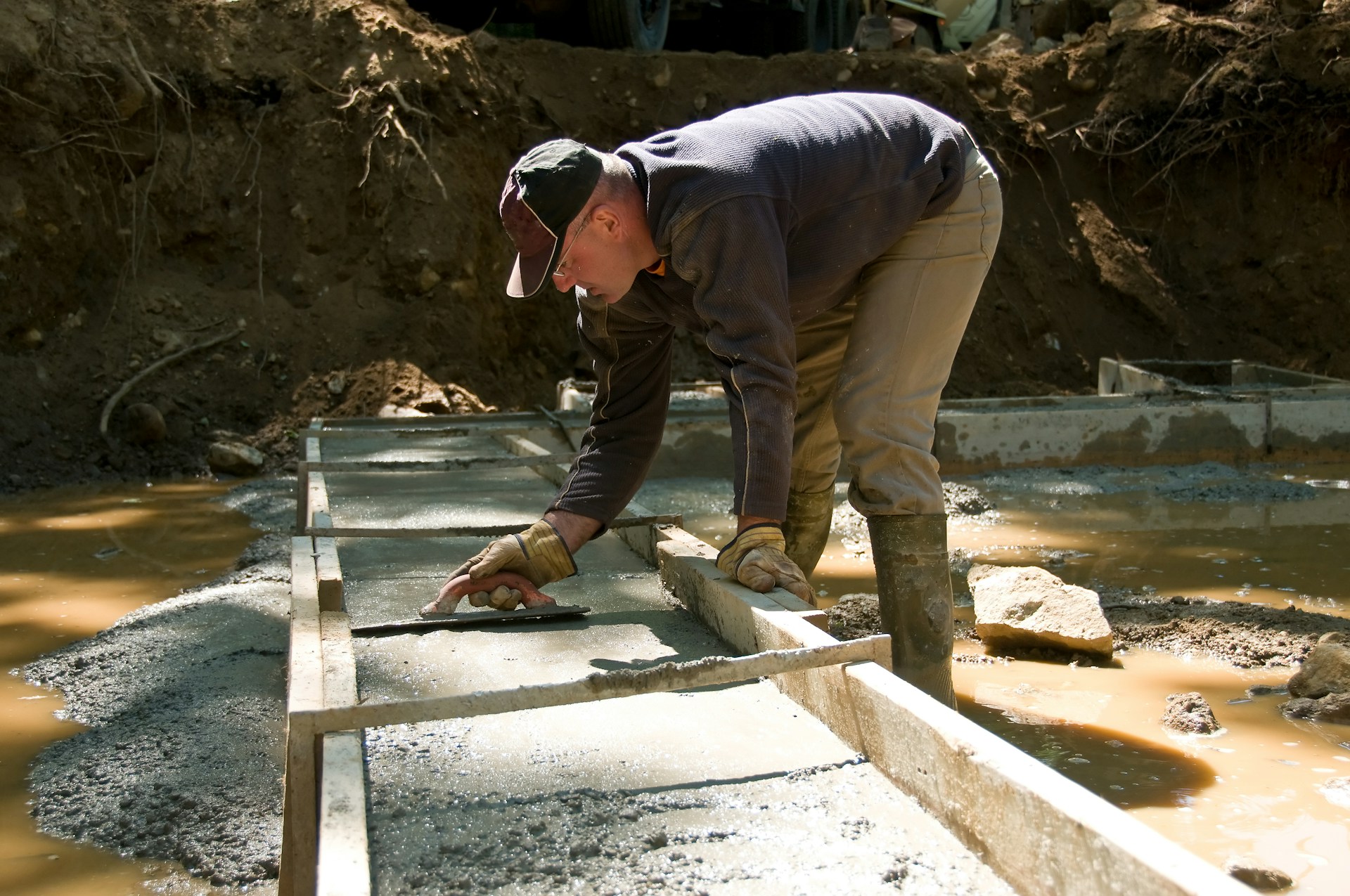By: Liz Dominguez
In 2017, multiple regions were severely impacted by natural disasters—and the real estate industry has been affected by them all. But one event which often occurs across the U.S. has largely been out of the limelight.
Sinkhole activity typically occurs in areas of Florida, Texas, Alabama, Missouri, Kentucky, Tennessee and Pennsylvania, according to the U.S. Geological Survey. These events take with them land surfaces, which oftentimes include homes, when rock in the underground space dissolves and creates an unsupported cavern, ultimately giving way and collapsing.
The recent resurgence of sinkholes in Florida is leaving homeowners with questions. Are there signs to look for? Can they be prevented? What if a home is destroyed during the selling process? There are steps that homeowners can take to protect themselves and their assets in the case of sinkholes.
Seek Out the Signs
Does the property have noticeable sinking, sagging or cracking walls? These are all tell-tale signs of a sinkhole, according to the Florida Department of Environmental Protection, Lou Nimkoff, president of the Orlando Regional REALTOR® Association, tells RISMedia.
- Tilting or falling trees or fence posts
- Slanting foundations
- Sudden pond drainage
- Wilted vegetation in a specific area
- The sudden appearance of earthy odors
- Infestation of bugs, such as slugs and centipedes
Homeowners should also look out for holes or depressions in which surface or storm water disappears. If a vortex emerges through which stream or pond water swirls down, this is another sign of a sinkhole.
Evaluate the Property
If a sinkhole is thought to be present, homeowners must act quickly to have the home inspected. The first step is to report it to the state’s department of environmental protection. If the property is on the market, the buyer can request that the home be inspected by a geotechnical engineer.
“An evaluation by a geotechnical engineering company (often done in concert with the homeowner’s property insurance company) will provide recommendations regarding safety and options for repair,” says Nimkoff.
Manage a Sinkhole-Impacted Transaction
Both buyers and sellers will be affected if the property in question is in danger of being damaged by a sinkhole. To ensure clients are protected, real estate agents should recommend they hire attorneys with sinkhole experience.
“Buyers whose under-contract property becomes involved in a sinkhole should turn to their REALTOR® for a referral to a real estate attorney,” Nimkoff says. “Options for the buyers moving forward (cancellation or renegotiation of the contract; reimbursement or withholding of escrow) are subject to legal interpretation of the contracts and the language contained therein.”
If the sinkhole is discovered before the home goes on the market, both homeowners and real estate agents must follow local real estate disclosure laws. In Florida, the sinkhole must be fully disclosed using the appropriate forms.
“Sellers and their REALTORS® are required by Florida law to disclose the presence of a sinkhole; REALTORS® are further obligated to disclose by the REALTOR® Code of Ethics,” says Nimkoff.
Buyers wishing to walk away from a sinkhole property may be protected depending on the type of contract they sign. These contracts can vary by location and by attorney.
“Buyers whose accepted purchase contract includes an option to cancel pending satisfactory inspection results (or a maximum estimated repair amount) will most likely be able to walk away without losing their escrow,” Nimkoff says. “However, those buyers who utilized other types of contracts (such as an AS-IS) or who included minimal contingencies and wish to cancel the contract should consult with a real estate attorney.”
Remediate the Sinkhole
The good news is a sinkhole can be remediated if it is discovered before its collapse. The process varies depending on the severity of the sinkhole. Shallow, isolated sinkholes are typically repaired through excavation and the installation of a plug. If the sinkhole is deep, however, geotechnical contractors need to use special drilling equipment in order to fix the sinkhole without disrupting it. Some companies install injection pipes in which grout creates a concrete cap.
Of course, remediation does not always translate into a cooperative buyer. Sinkholes can be a deal-killer; however, a property should be remediated in any case to ensure the safety of the homeowner and their property. Insurance also plays a role, as added coverage may be required by the state once a sinkhole is discovered and remediated.
“The decision of whether or not to move forward on a property involved in a sinkhole is dependent on many factors that are personal to each buyer’s intent, the type of property, and the type and age of the sinkhole,” says Nimkoff. “Buyers should rely on their REALTORS® to guide them through all the things to consider as they make a decision.”
The best thing buyers and sellers can do is to become knowledgeable of which areas are more prone to sinkholes. While unpredictable, sinkholes have an easier time forming on specific land.
“According to the Florida Department of Environmental Projection, the entire state of Florida is made up of underground terrain (carbonate rock) in which sinkhole-forming processes are continually taking place, and there is no way to predict the formation of a sinkhole; however, there are definite regions where sinkhole risk is considerably higher,” says Nimkoff. “In general, areas of the state where limestone is close to surface or areas with deeper limestone—but with a conducive configuration of water table elevation, stratigraphy and aquifer characteristics—have increased sinkhole activity.”





